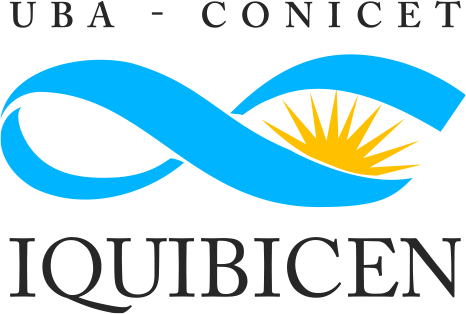Our lab is interested in understanding the mechanisms of protein kinase function including, catalytic activity, allosteric regulation and protein-protein interactions at the molecular level, and its implications in the whole system response. We focus on the mitogen-activated protein kinase(MAPKs) signal transduction pathway and in the Mycobacterium Tuberculosis(MtB) Protein kinases(Pkns). MAPKs are a family of serine/threonine kinases that play an essential role in signal transduction by modulating gene transcription in the nucleus in response to changes in the cellular environment. MAPK signaling modules have been conserved throughout evolution, from plants, fungi, nematodes, insects, to mammals. Their ubiquity and versatility raise the issue of how they achieve specific coupling of signal to cellular response. How do the kinases in the cascade along with scaffold protein assembly to transmit the signal? How is the signal modulated by protein-protein interactions? How do MAP kinases achieve specificity by differential recognition between their substrates and regulators? How do unstructured transcription factors recognize their targets? In order to answer these and other questions we apply computational tools that allow us to study MAPKs at the molecular and biology systems level.
Regarding MtB eleven Pkns have identified but their role in the pathogen has not been develop. We are working in understanding how Pkns are activated and regulated at the molecular level. PknB is the best characterized member of this family and is activated by phosphorylation of its activation loop, on the other hand PknG is constitutively active and is regulated by a Rubredoxin domain adjunct to the kinase domain. We focus in understanding the reaction mechanism of these proteins, the allosteric regulation of the activity and in developing specific inhibitors for inhibiting their function.
We use and develop tools such as: Quantum Mechanics/Molecular Mechanics to study reaction mechanisms, Molecular dynamics to understand protein flexibility, docking methods to describe protein-protein complexes, network modeling to understand the cascade response and structural databases to classify and characterize protein structure.

